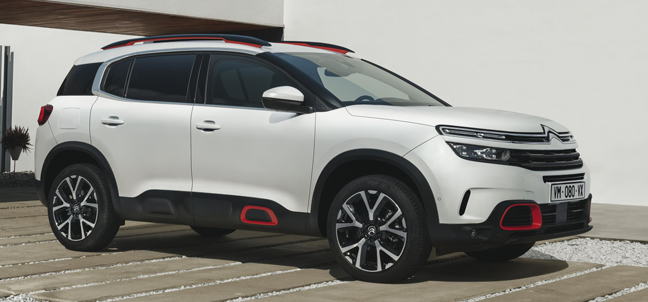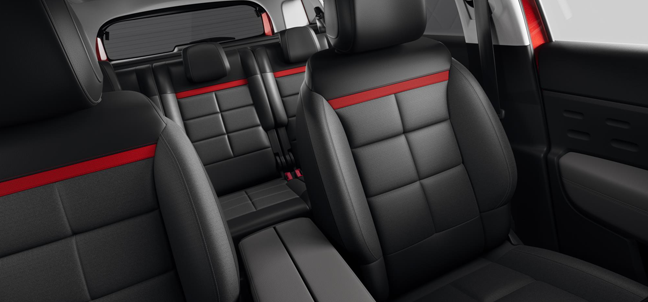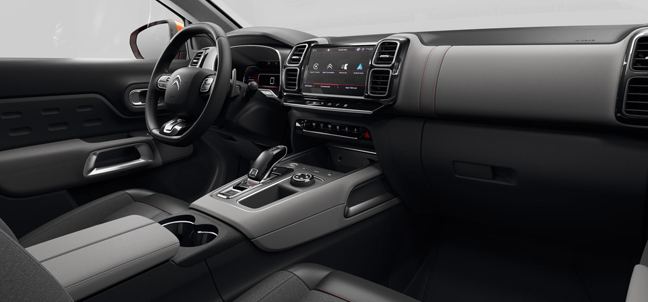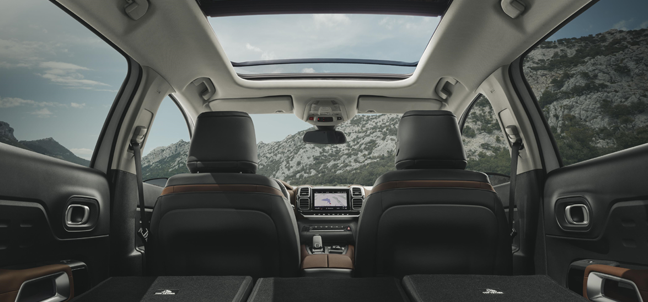Back in the mid-1950s, when most of Europe was still clearing-up post-WW2 rubble, sculptor Flaminio Bertoni and aeronautical engineer Andre Lefebvre delivered the finished example of a motorcar that was a stunning icon of form combined with function from its outset. It did not reach that position of greatness with the passing of time; it attained it immediately, although it had been in gestation for almost eighteen years. It was the car that was also christened ‘Goddess’, or as it is better known in its Gallic letter-couplet, DS.
A sylph-like, spiritual entity warranted a special suspension system and it came in the form of the oleo-pneumatic, self-levelling medium developed by Paul Mages. The car was avant-garde and outrageous at its unveiling. Not even the world of motorsports had migrated into the aerodynamic futurism of Citroen’s DS. It was as if the French had excelled themselves; a nation renowned for its enthusiasm in food and fashion, was now setting a high bar for automotive excellence.

To drive it demanded a redressing of every established premise. Its ride comfort and adhesion on skinny Michelin radial tyres was the stuff of legends, even though the DS took some liberties with roll control and pitch. Applying the brakes, which did away with the conventions of a foot-pedal, replacing it with a pressurised rubber ‘bulb’ that shared its ‘fluid’ with the oleo-pneumatics, resulted in hand-stand stopping antics, until the driver became familiar with a need for the lightest of applications. It was in the vanguard of cars using disc brakes (inboard at the front of the DS) that delivered shorter stopping distances, with eyeball-popping performance.
In the ten days of the 1955 Paris Motor Show, an amazing 80,000 deposits had been secured for the new DS, which underscored Michelin’s (its tyre company owner) mission to reach for the stars. Its power steering self-centred. It featured a narrow rear but wider front track and, to replace the spare, in the event of a puncture, required the use of the variable height suspension. It also featured an hydraulically-assisted semi-automatic gearbox that demanded manual selection but no pedal to depress. Yet, its engine was an unadventurous, 1.9-litre capacity, four-cylinder unit that developed a mere 75bhp. It was a mechanical nightmare that was even built in Slough, Great Britain.

While DS was replaced with more conventional models, the latest C5 has ditched the saloon/estate format in favour of a mid-size crossover style. Yet, conventionality also takes a back seat to technological advancement. Whatever you might contemplate in the driver aids and connectivity areas, the new C5 Aircross has it in abundance. Short of reproducing the generous 20-strong list, rest assured that braking, lane-keeping, illumination and aspects of autonomy are just a start. Factor in ‘mirroring’ technology, double-glazing, trailer stability, dash-cam and wireless smartphone charging and, dependent on specification, the new C5 is probably the most comprehensively equipped new model on sale today.
Its ‘bumper car’ styling follows a form established by the Citroen C4 Cactus but incorporated in the C3, C4 and Aircross versions of the smaller variants. With its high nose and eyebrow LED signature, it is quite different to Citroen’s key rivals, which is worth celebrating in a market sector that is very busy and suffers from much brand confusion. Buy into what Citroen is doing and you will stand out from the rest. The ‘Airbumps’ introduced with the Cactus are now subtler but no less effective at protecting the flanks, as well as both front and rear of the car. Contrasting coloured elements add to the appeal, while the side windows are also surrounded by an attractive chrome trim.

C5’s interior has also been inspired by Cactus, with a combination of soft trim tactility and lounge features that extend into the sofa-type seating, which is reminiscent of Citroens past, in that deep cushioning and firm springs provide levels of cosseting comfort that differentiated the original DS from its rivals of the mid-1950s. It is not squishy but it is supportive. The rear bench also reclines for added comfort, while a massage function and heating elements are available. There is plenty of room within the cabin, with an excellent, commanding driving position and a good range of adjustability. Fold forwards the back seats and the 516-litres of space expands boot practicality significantly to 1,630-litres.

The dashboard architecture is enhanced with contrasting trim colours, carried onto the steering wheel rim, door cards and centre console. A 12.3-inch reprogrammable digital display fills the main instrument binnacle, with a smaller 8.0-inch infotainment screen in the centre of the dash for the 3D sat-nav, rear-view camera and other in-car functions. A full-length glazed and opening sunroof, with electric blind, adds airiness to the interior.

Finally, while Citroen has not reintroduced oleo-pneumatics to its suspension, a new style of progressive hydraulic cushions installed within the suspension struts provide exceptional ride comfort and a strong resistance to body-roll, which adds to the car’s exceptional balance and stability. The overall impression is of total compliance that irons out road surface imperfections and improves overall comfort and drivability.
Power comes from the current range of 1.2 to 1.6-litre petrol and BlueHDi diesel options, offering from 130 to 180bhp, with a choice of six-speed manual and 8-speed automatic transmissions. However, in 2019, a new plug-in hybrid option elevates power to 300bhp and offers an EV range of 40-miles, which will signify further eco-friendly drivetrain options to come from Citroen. Based on PSA Group’s EMP2 platform architecture that makes the C5 Aircross a sister car to the Peugeot 5008 and the Vauxhall GrandlandX, it highlights the sheer flexibility engineered into the range.